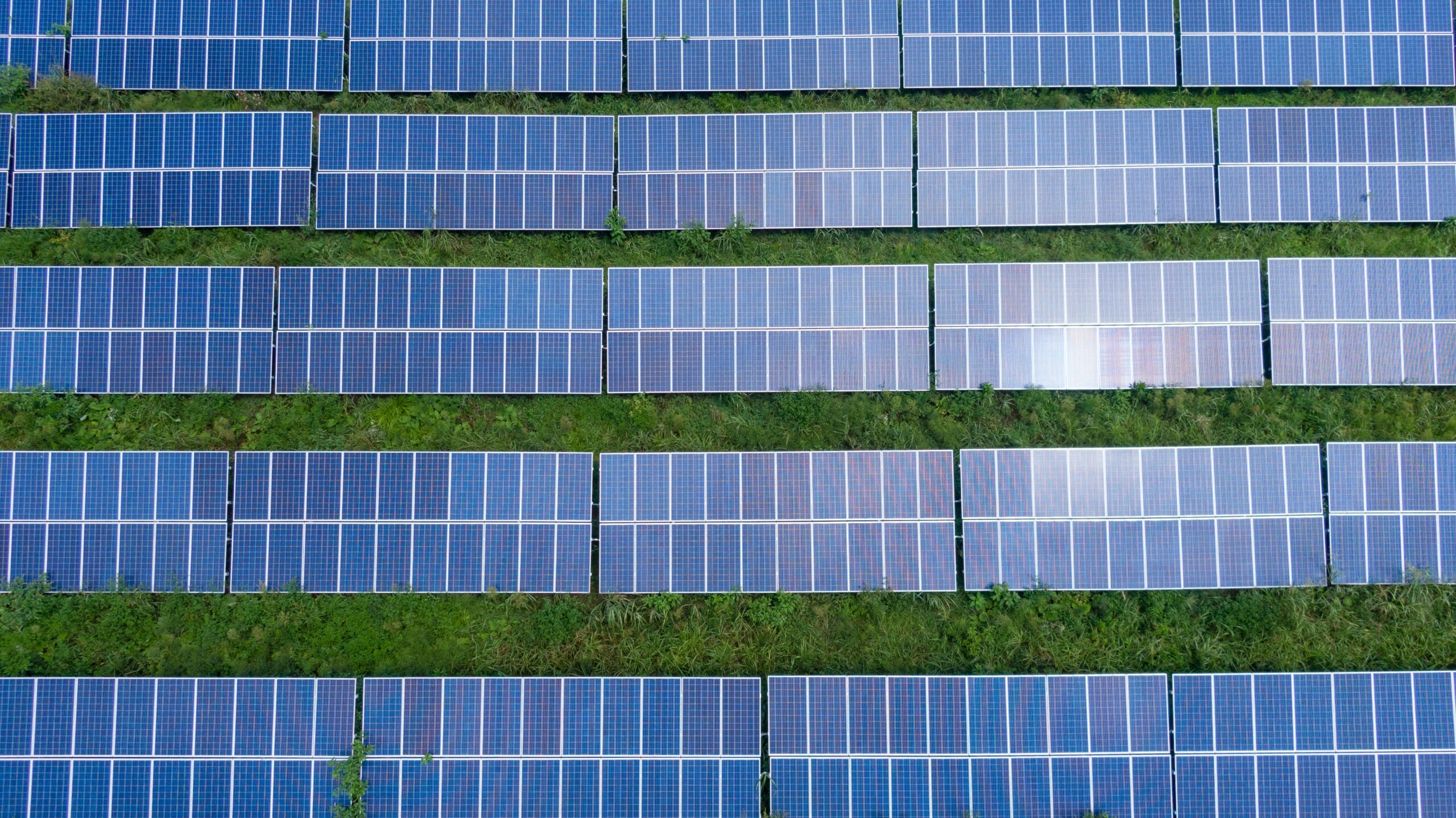
6 Solar Panel Parts and How They’re Made
A solar panel has several parts that work together to convert sunlight to electricity. Many solar panel manufacturers partner with companies that can efficiently produce the required quantity and quality of panel components. At Clark Rubber & Plastic, we provide rubber and plastic extrusion services to make components for various solar panel applications. Here are some of the main solar panel parts and how they are made:
1. Solar Cells
Solar cells are also known as photovoltaic cells and are the heart of a solar panel. They absorb the sun’s energy and convert it into electricity. These cells are typically made from thin layers of semiconducting materials like silicon. The manufacturing process involves cutting the silicon into wafers, doping them with impurities to create the necessary electrical properties, and adding metal contacts to facilitate electricity flow. Solar cells come in various colors, configurations, designs, and technologies.
2. Encapsulation
Encapsulation is the protective barrier between the solar cells and the environment. This prevents water, dirt, dust, and other contaminants from damaging the delicate solar cells. It also protects them from mechanical shocks, vibrations, and temperature fluctuations. Encapsulation is created using ethyl vinyl acetate, or EVA, a durable and flexible polymer. The EVA is layered over the solar cells, then heated and laminated to create a protective layer.
3. The Junction Box
A junction box houses electrical connections and protects them from environmental factors. You can find this box on the backside of the solar panel. The junction box contains diodes that prevent reverse current flow and facilitate the wiring of multiple panels in an array. Junction boxes are made from durable plastic. Our rubber and plastic extrusion services can provide the components needed to make these junction boxes. These components include electrical coverings, cable trays and inserts, and other protective parts.
4. Backsheet
The backsheet is the bottom layer of the solar panel that protects it from moisture and provides electrical insulation. Backsheets can be made from different plastics or polymers, each offering varying grades of UV resistance, thermal stability, and protection. The process of creating a backsheet involves extruding the polymer into thin sheets and laminating them onto the panels. Our rubber and plastic extrusion services can provide the high-quality materials needed for this solar panel component.
5. Tempered Glass
A sheet of tempered glass covers the front surface of a solar panel. This glass provides protection against weather conditions, UV radiation, and physical impacts while allowing sunlight to pass through to the cells. Tempered glass is typically made by heating and cooling regular glass in a controlled manner to increase its strength and durability.
6. Frame
The frame is what holds all the components of a solar panel together. It provides structural support and protection for the panel. The frame also facilitates solar panel installation by offering mounting points. Aluminum is the material solar manufacturers prefer for this purpose due to its lightweight, corrosion-resistant, and easy-to-fabricate properties.
Contact Clark Rubber & Plastic for Rubber and Plastic Extrusion Services
Solar panels require various rubber and plastic parts. At Clark Rubber & Plastic, we offer rubber and plastic extrusion services to help solar panel manufacturers get the needed parts for their projects. Whether you require large, small, or complex designs, we have the resources to fulfill your extrusion product requirements. Contact us today to discuss your project and learn more about our extrusion services.
